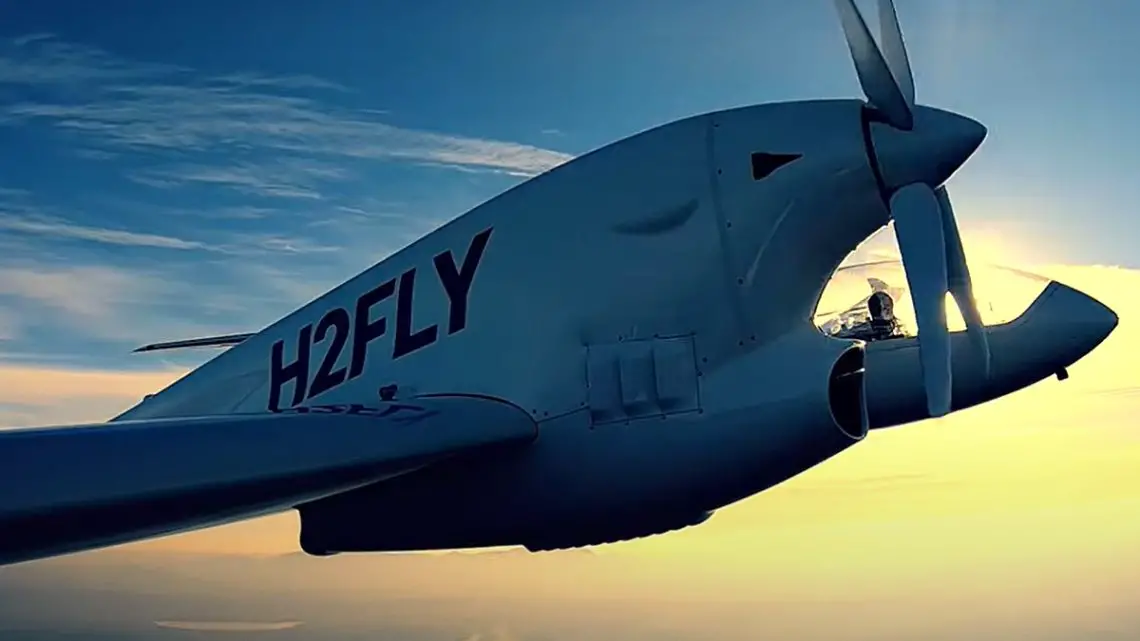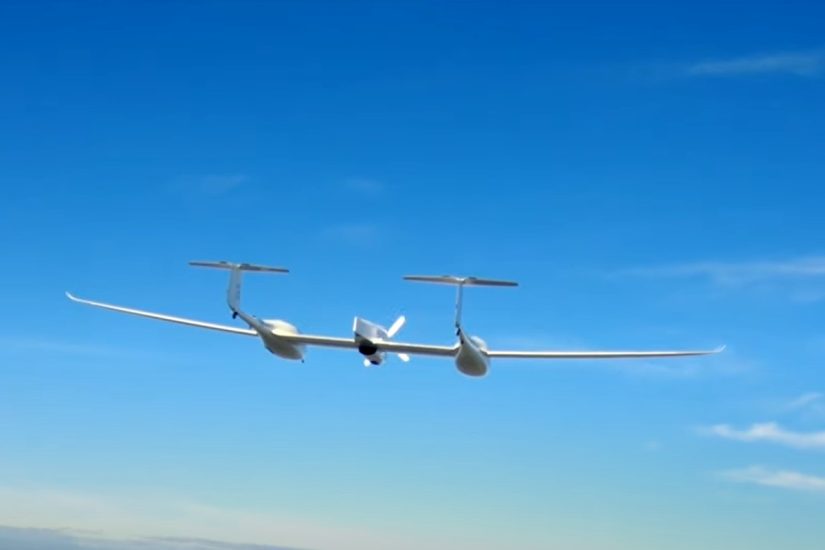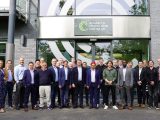
HY4 from H2FLY sets hydrogen plane altitude record
May 17, 2022The German aerospace company’s H2-powered electric airplane flew above 7,000 feet.
H2FLY, a German aerospace company, has just set a new hydrogen plane altitude record with its HY4 four-seater.
The HY4 was the first H2-powered airplane to fly above an altitude of 7,000, which it did this month.
The hydrogen plane set this new record only one day after it became the first European flight in an H2-powered passenger airplane from one major airport to another. That occurred when the aircraft flew from Stuttgart to Friedrichshafen.

“This is a remarkable achievement for H2FLY, as no other hydrogen-powered passenger aircraft has flown between two commercial airports to date,” said H2FLY CEO and co-founder Dr. Josef Kallo. “We are also thrilled to have set what we believe to be a new world record by reaching an altitude of over 7,000 feet with our HY4 aircraft. We want to thank our long-time partners Stuttgart Airport, University of Ulm, DLR Stuttgart, Friedrichshafen Airport, and AERO Friedrichshafen, for supporting us in our mission to make sustainable travel a reality.”
The HY4 hydrogen was designed with a twin fuselage based on the Pipistrel Taurus G4.
That said, while the Pipistrel Taurus G4 is a battery-electric aircraft that is powered by electricity stored in lithium-ion batteries, the HY4 is equipped with a fuel cell system that charges the batteries in flight to power the electric engine.
The H2 used for the fuel cells is stored at under 5,800 psi in two carbon composite storage tanks. There is one located in each of the fuselage. The fuel cell uses the H2 to generate electricity, which charges the lithium-ion batteries, providing the aircraft with a boost in power at moments of the 80-kW electric motor’s highest demand. The HY4 hydrogen plane has a 90 mile per hour (145 kilometers per hour) cruising speed. Its range is projected to be up to 900 miles (1,500 kilometers)
The record setting and industry first achieving hydrogen plane’s hybrid system was developed by the DLR Institute of Engineering Thermodynamics (DLR). It was designed along with the assistance of Hydrogenics, a H2 research firm owned by Cummins.



 With over 15 years of reporting hydrogen news, we are your premier source for the latest updates and insights in hydrogen and renewable energy.
With over 15 years of reporting hydrogen news, we are your premier source for the latest updates and insights in hydrogen and renewable energy.
Congratulations on your new Hydrogen journey in aviation industry. I am so thrilled too
In Australia. May God Almighty help you in achieving the every single aircraft